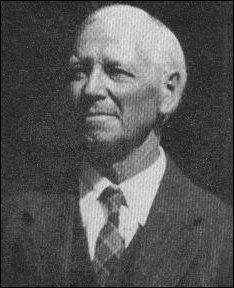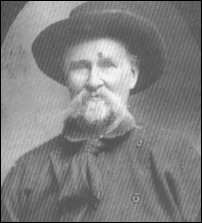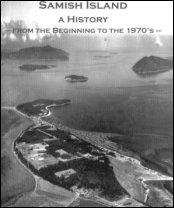| 1. | Gravesend, Kent, Eng. | 1820 | Lottie Roeder Roth, History of Whatcom County, Vol. I. |
| 2. | Gravesend. Kent, Eng. | 1821 | Lottie Roeder Roth, History of Whatcom County, Vol. II, p. 242. Parentage: William and Frances Jarman |
| 3. | Gravesend. Kent, Eng. | 1820 | Lelah Jackson Edson, The Fourth Corner |
| 4. | Gravesend, Kent, Eng | 1820 | Frank Teck Notes of Jarman Interview. [Journal ed. note: we will transcribe these 1897 handwritten notes by the longtime Bellingham editor in an upcoming edition] |
| 5 | Gravesend, Kent, Eng. | 1818 | Lionel Manning, on Head-stone. |
| 6. | Greenwich, Eng. | 1818 | Ferndale Record, June 21, 1912 |
| 7 | Greenwich, Eng. | 1818 | Monroe Mort. [mortician?] Record, June 11, 1912. |
| 8. | Greenwich, Eng | 1818 | American Reveille [Bellingham], June 12, 1912. |
| 9. | Gravesend, Eng. | 1820 | Richard Eacrett Interview [Olympic Peninsula], 1956. |
| 10. | London, Eng. | 1820 | Jarman's Reg. [Whatcom Old] Pioneer Association, 1902. |
| 11 | Gravesend, Eng. | 1820 | General Reg. Pioneer Associationo. |
| 12. | Milton-next-Graves-end, Eng. | 1820 | Gravesend Library; and E. Moore. T. Scott Lucas. Parentage: William Robert and Elizabeth Jarman |
| 13. | England | 1820 | Clara F. Davenport Manuscript. |

 810 Central Ave.,
810 Central Ave., 



